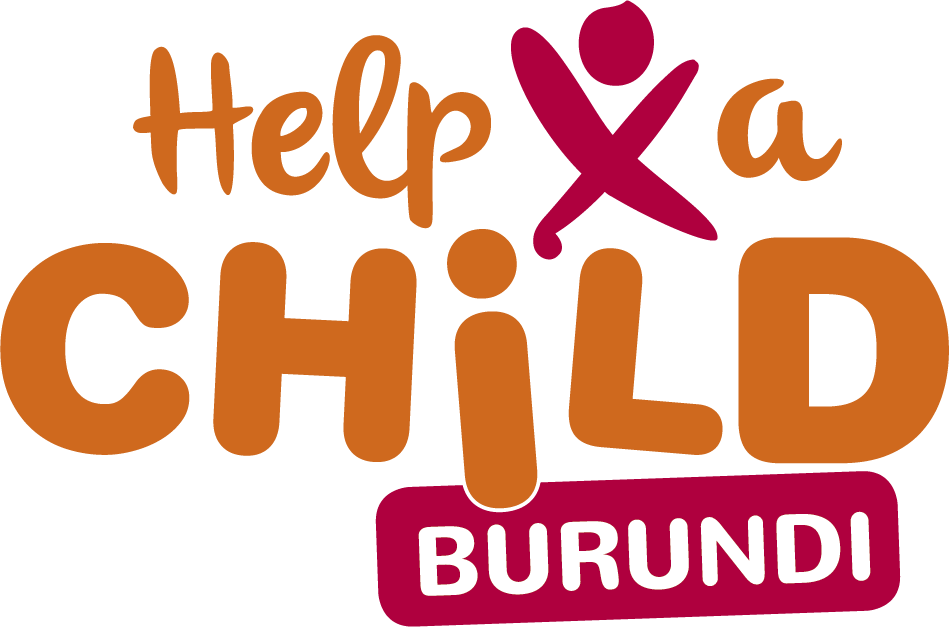Integration, social cohesion, and empowerment are central themes in Burundi. Over 122.400 people are internally displaced, primarily because of natural disasters. At the same time, the country hosts 85,000 refugees, while at the same time around 185,000 returnees are trying to find their way back into Burundian society. The aim of Help a Child Burundi’s community empowerment program is to set up structures that will boost the empowerment, integration, social cohesion, and self-esteem of children, families, and communities, ultimately contributing to the peace and welfare of the nation. Help a Child Burundi:
- Builds the capacity of households and community groups to respond to improve child wellbeing.
- Establishes and strengthens self-help and farmer groups to build the social and economic resilience of households.
- Supports Cluster Level Associations to be the voice of the community, improve access to justice, and mobilize community and external actors.
- Facilitates community dialogues and training about sexual and gender-based violence, combined with innovative, short-term prevention (Empowered 2 protect).
Sustainable Development Goals
We contribute to:
![]()
![]()
